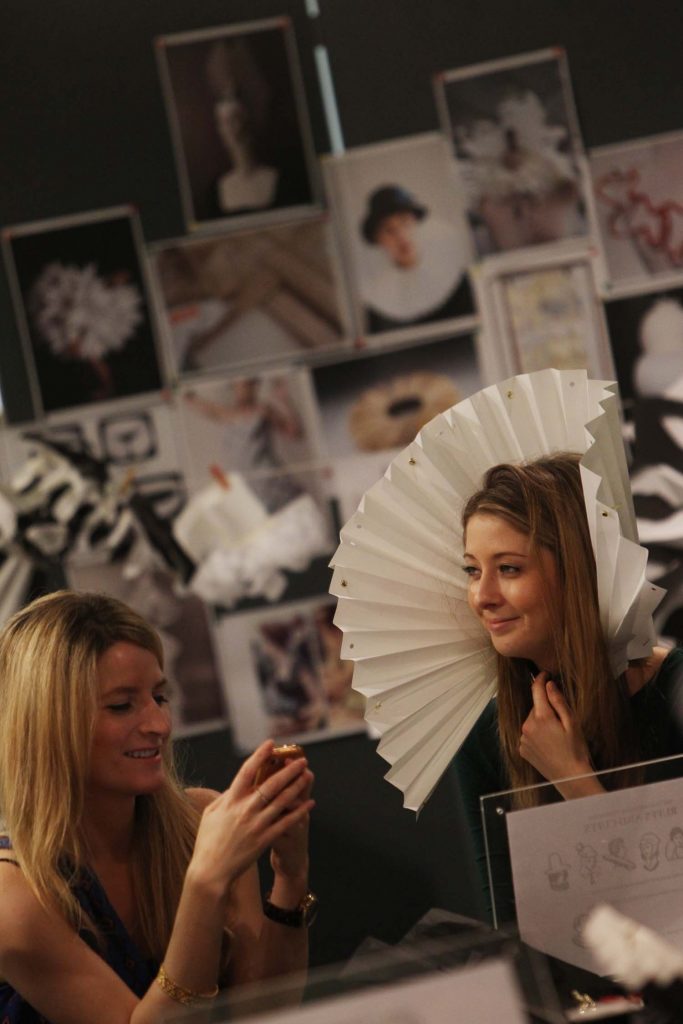Ethics
There can be ethical issues involved in the use of portraiture in learning projects. Provenance and collections history are important within considering ethical issues. The use of images of people that were collected for reasons that would be considered dubious or even harmful today, such as images of people to depict different ‘racial types’, should be considered very carefully. Similarly in the past people may not have consented for their portrait to have been taken and used as part of a collection, such as prisoners, hospital patients or images of colonised people or people with disabilities.
This does not mean that such portraits or images of people should not be used in learning, outreach or display. On the contrary, sensitive and thoughtful use of these images with participants that are given full agency in a project can make for excellent results as the Case Study on Reframing Disability illustrates. Researching such portraits and understanding their historical context also assists in using them in learning projects and on display as the Bethlem project shows.
Case Study – Reframing Disability: Portraits from the Royal College of Physicians
Case Study – Hospital Snapshots at the Bethlem Royal Hospital Archives and Museum
Compliance with Data protection should be made when making portraits of people in projects >>
The Museum Association Code of Ethics is here >>

